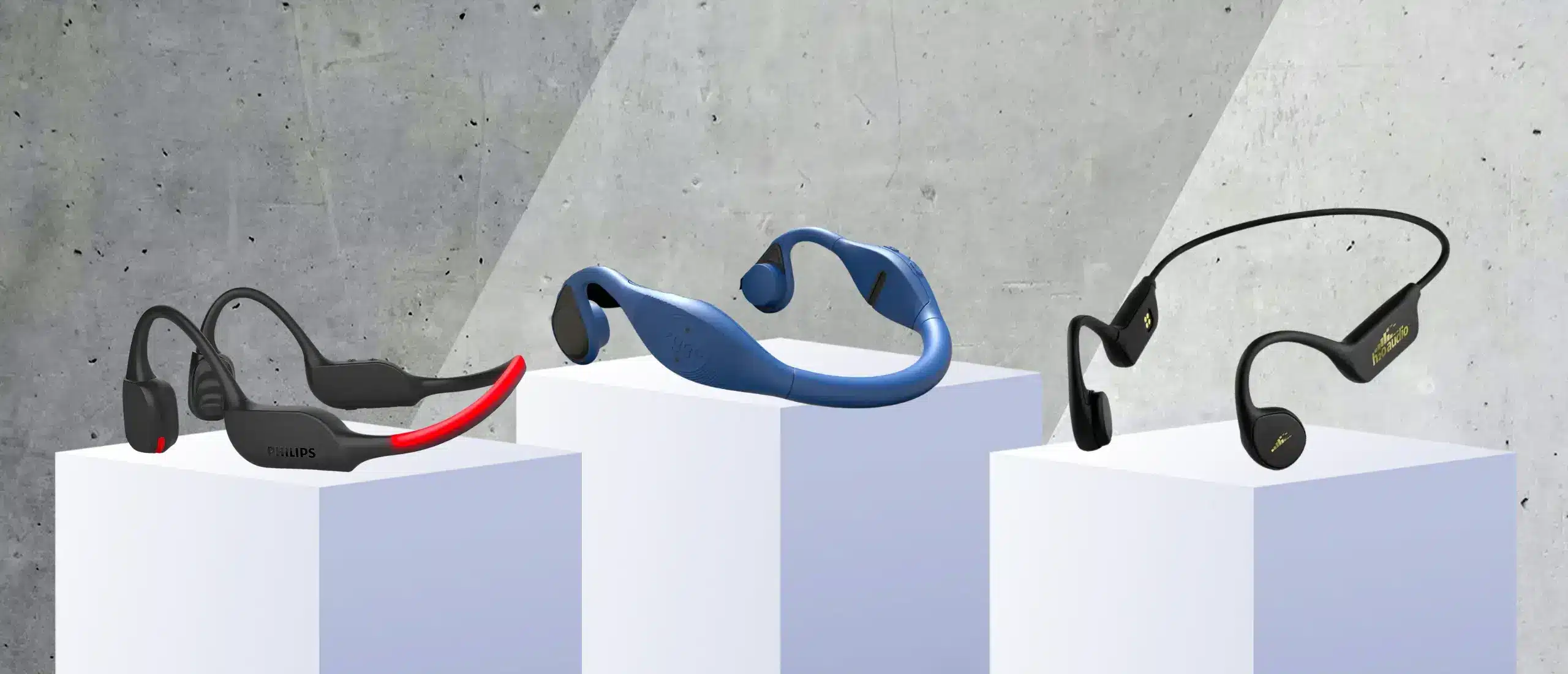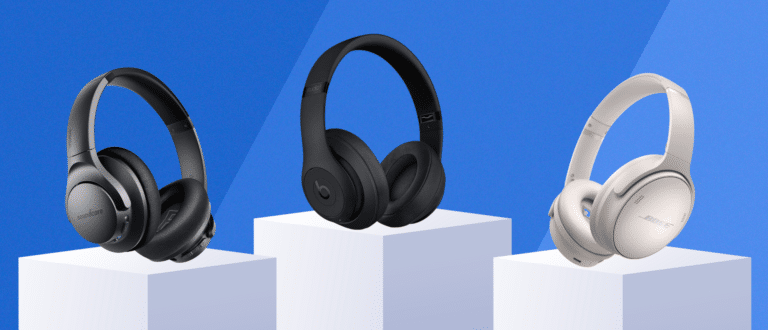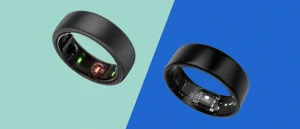The Best Bone-Conduction Headphones for Runners, Swimmers, and Everyone In Between
- By Brianna Lapolla
- October 27, 2023
Whether it’s music or podcasts, phone calls or books on tape, audio is what keeps most of us sane while clocking miles. But traditional headphones and earbuds which blare loudly into the ear canal, are often uncomfortable, barely water-resistant, and don’t allow for safely hearing your surroundings—runners, cyclists, and swimmers we see you.
Enter bone-conduction headphones. This technology provides an alternative method for listening to audio by utilizing the body’s natural ability to transmit sound through bone vibrations, making it possible to listen to anything on dry land or underwater without blocking ambient sounds and compromising your safety. Here’s everything you need to know about how they work, and the best ones on the market.
How Do Bone-Conduction Headphones Work?
Unlike earbuds, bone conduction headphones don’t sit inside the ears—they sit on the bones just in front of or behind them, hence the term bone conduction. This unique placement allows sound to be transmitted directly to the inner ear without involving the eardrums or blocking the ear canal.
But what’s the science behind this technology? Bone-conduction headphones feature transducers, which convert electrical audio signals into vibrations that generate sound waves. These sound waves travel through the bones of the skull, to the cochlea (the hearing organ) in the inner ear. The cochlea converts these vibrations into electrical audio signals that are sent to the brain, allowing the wearer to perceive sound.
As you can imagine, this method of sound transmission sounds and feels slightly different than traditional headphones. For instance, the vibrations from the sound transfer, although subtle, may feel strange to some, creating a slight tickling sensation that may take some getting used to. The unique placement of the speakers outside the ears also tends to diminish the intensity of the bass. If you’re someone who likes to hear the rhythmic thud of the bass in your ears while on a long run, bone-conduction headphones may be a bit too bland for you.
Benefits of Bone-Conduction Headphones
Because bone-conduction headphones leave the ear canal entirely open, they allow the wearer to hear their surroundings. This can be beneficial and even safer for those who need to be especially aware of their surroundings, such as runners and cyclists. Bone-conduction headphones are also a viable option for swimmers. Sound vibration doesn’t travel well through water, but when transmitted by bone conduction, it’s unaffected and sounds exactly the same as it would if you weren’t in the pool. These headphones are also often waterproof, so you can submerge them as long and as often as you like.
Bone-conduction headphones are particularly effective for those with certain types of hearing loss. The vibrations bypass any issues with the outer or middle ear, directly stimulating the inner ear to convert vibrations into sound. However, they may still not be suitable for those with severe sensorineural hearing loss, because the inner ear may still have difficulty processing the transmitted vibrations.
The 5 Best Bone-Conduction Headphones












